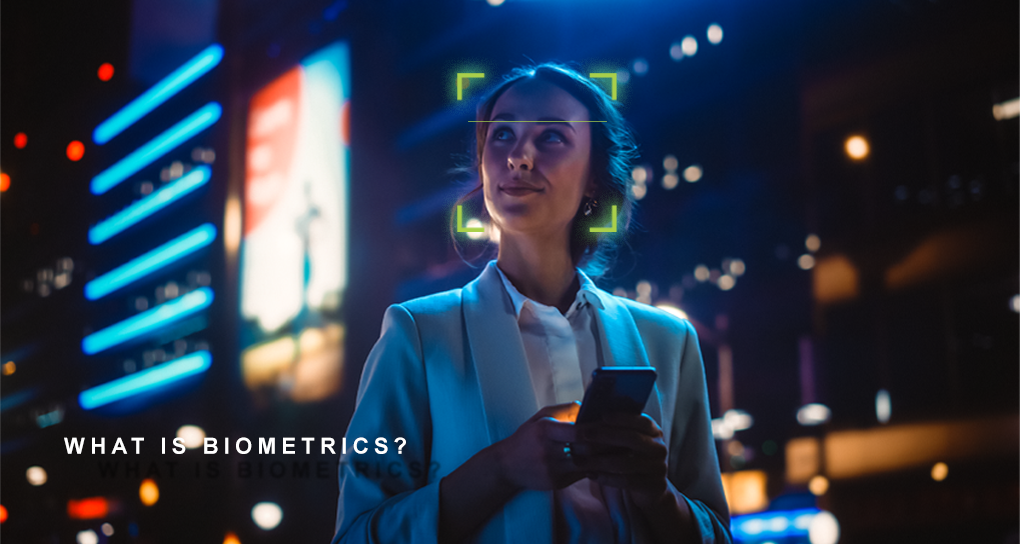
It has happened to almost all of us; biometric photographs are requested for driver's licenses, ID cards, and passports. So what is biometrics? Biometrics, in its shortest definition, is to make people's physical and behavioural characteristics measurable. While bodily features such as fingerprints, palm prints, irises, face, retina, and DNA are shown as examples of physical biometrics, features such as walking, signature, and keyboard strokes are also included in the field of behavioural biometrics. Biometric properties are personalized. So that means that the fingerprints of every person living in the world have a different structure. This different structure makes our job easier when defining and distinguishing people from each other. This is exactly why biometric photography is desired. Making the person's face perceivable by machines constitutes the main purpose.
Biometrics has two main objectives: the first is identification and the second is authentication. While the purpose of identification is to determine who owns the biometric information, the purpose of authentication is to determine whether the person who has the biometric information is the claimed person. Biometric data is preferred because it cannot be copied, stolen, and is personalized. This is the main purpose of using biometric types such as fingerprints, irises, and facial recognition in facilities that require special security.
What are the Properties of Biometric Systems?
When we talk about the properties of biometric systems, we come across several important tricks. Biometric transition systems are increasingly encountered in many areas of our lives. Biometric security systems are frequently used in business life, hospital, school, and entry and exit to critical facilities. Contactless iris and facial recognition systems are frequently used in critical areas such as laboratories where direct contact is not possible. The high recognition capacity of biometric systems has increased so much with the development of artificial intelligence that accessories such as glasses and masks used by people in entering and exiting critical areas do not affect biometric matching.
Authentication plays a dominant role in biometric security systems. Biometric information such as fingerprints, palm prints, irises, and faces previously entered into the system are scanned by biometric scanner devices while entering the desired region or facility. In this way, the identity of the person who wants to enter the facility is verified with the information in the system and the doors or turnstiles that work integrated with the biometric device are opened. The authentication system is used in many different areas. In particular, the digital onboarding methods of banks can be given as an example of authentication.
What are the Applications of Using Biometrics?
Security practices using biometrics are frequently encountered in establishing social peace and tranquillity, criminal practices, establishing security in crowded areas, entering critical facilities, and many applications that facilitate our daily lives. In all these processes where security is ensured, technologies that detect biometric features such as fingerprint readers, face recognition, and iris recognition devices are used. These technologies serve to turn the invariable and unique biometric properties of the human body into numerical data.
HOLISTIKA ABIS (Automated Biometric Identification System), which is one of the security applications using biometrics, can be used for many different purposes with its structure suitable for civil and criminal features and its ability to record and query fingerprint, footprint, palm print, iris, and face recognition systems within itself. With its 99.9% matching algorithm, easy-to-use interface, and the ability to use multi-biometry, HOLISTIKA ABIS is frequently used by governments in solving criminal crimes, national identity management system, citizenship registration and providing access control in the civilian area.
You can also get information from our product page to examine the biometric devices you need.








